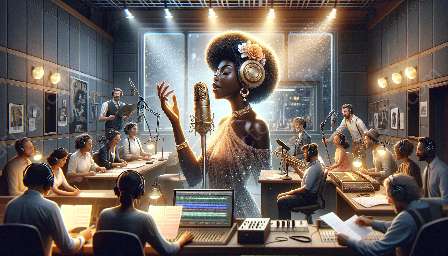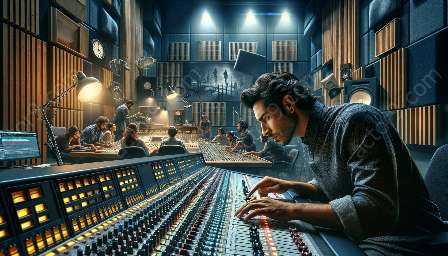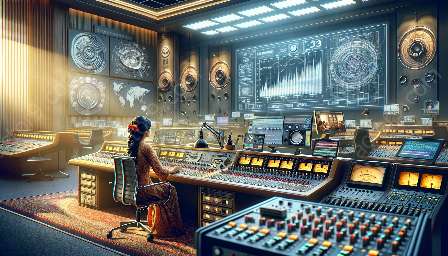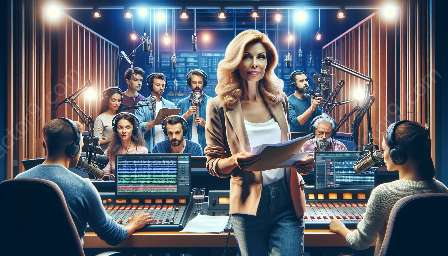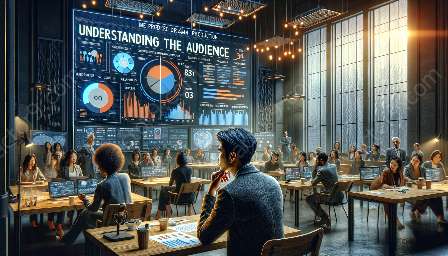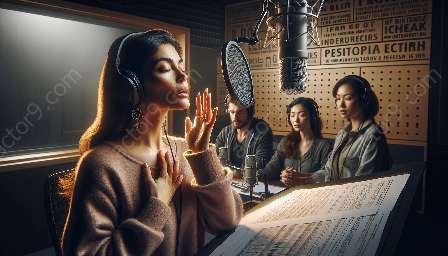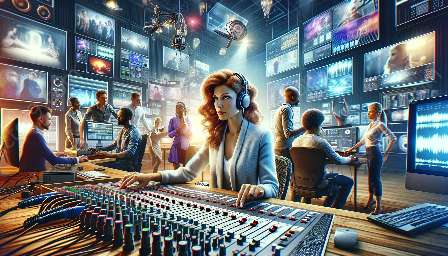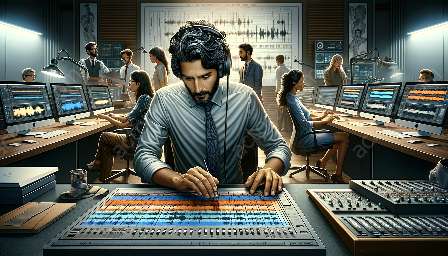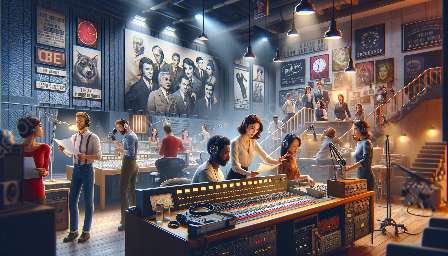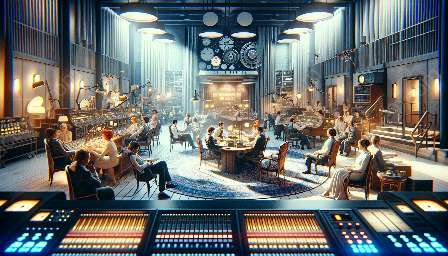Radio drama is an art form that relies heavily on effective storytelling to captivate its audience. In the realm of radio, the audience's imagination becomes the stage, and the storyteller creates the scenes. Understanding the audience in radio drama production is essential for crafting compelling narratives, while the radio drama production process brings those narratives to life. This comprehensive guide explores storytelling techniques in radio drama, delves into understanding the audience, and provides insights into the radio drama production process.
Understanding Audience in Radio Drama Production
Understanding the audience is a crucial component of producing compelling radio drama. The success of a radio drama production depends on engaging the audience's imagination and emotions, and this requires a deep understanding of the target demographic. Here are some key aspects to consider:
- Demographic Analysis: By conducting thorough demographic analysis, radio drama producers can identify the interests, preferences, and emotional triggers of their target audience. Understanding the demographic makeup of the audience provides valuable insights into the type of stories that will resonate with them.
- Psychographic Profiling: Going beyond demographics, psychographic profiling explores the values, attitudes, and lifestyle choices of the audience. This helps in crafting stories that align with the audience's belief systems and aspirations, thus heightening their emotional connection to the narratives.
- Emotional Triggers: By understanding the emotional triggers of the audience, radio drama producers can tailor their storytelling techniques to evoke specific emotional responses. Whether it's nostalgia, fear, love, or hope, tapping into these emotions can deeply resonate with the audience.
Storytelling Techniques in Radio Drama
Storytelling lies at the heart of every successful radio drama production. The following techniques can enhance the storytelling experience for the audience:
- Use of Sound: Sound is a powerful tool in radio drama. By carefully choreographing sound effects, background music, and atmospheric sounds, storytellers can create a vivid and immersive auditory experience for the audience. The use of sound can set the mood, convey emotions, and transport listeners to different settings, enriching the storytelling experience.
- Voice Acting: A skilled voice actor can bring characters to life and convey a wide range of emotions through vocal expressions. The nuances of voice acting add depth to the characters and establish a strong connection between the characters and the audience.
- Narrative Structure: The structure of the narrative plays a pivotal role in radio drama. Effective storytelling techniques such as the use of cliffhangers, foreshadowing, and nonlinear storytelling can captivate the audience's attention and keep them engaged throughout the production.
- Dialogue Crafting: Engaging dialogue is essential in radio drama. Well-crafted dialogue not only drives the plot forward but also reveals the nuances of the characters' personalities and motivations. It breathes life into the narrative and allows the audience to connect with the characters on a deeper level.
Radio Drama Production Process
The production process of radio drama encompasses various stages, each contributing to the creation of a seamless storytelling experience:
- Script Development: The foundation of a compelling radio drama lies in a well-written script. The script development phase involves crafting the storyline, establishing the characters, and defining the narrative structure.
- Casting: Selecting the right voice actors is crucial to the success of a radio drama production. Voice actors who can authentically portray the characters contribute significantly to the overall storytelling experience.
- Recording Sessions: The recording sessions bring the script to life. This stage involves directing the voice actors, capturing their performances, and recording the necessary sound effects to create a cohesive audio production.
- Editing and Sound Design: Post-recording, the editing and sound design phase refines the audio elements, ensuring a seamless blend of dialogue, sound effects, and music. This stage shapes the auditory landscape of the radio drama, enhancing its immersive quality.
- Final Mix and Production: In the final mix and production phase, all the audio elements are integrated to create the finished radio drama production. The balance of sound and the synchronization of elements are meticulously handled to deliver a polished audio product.

